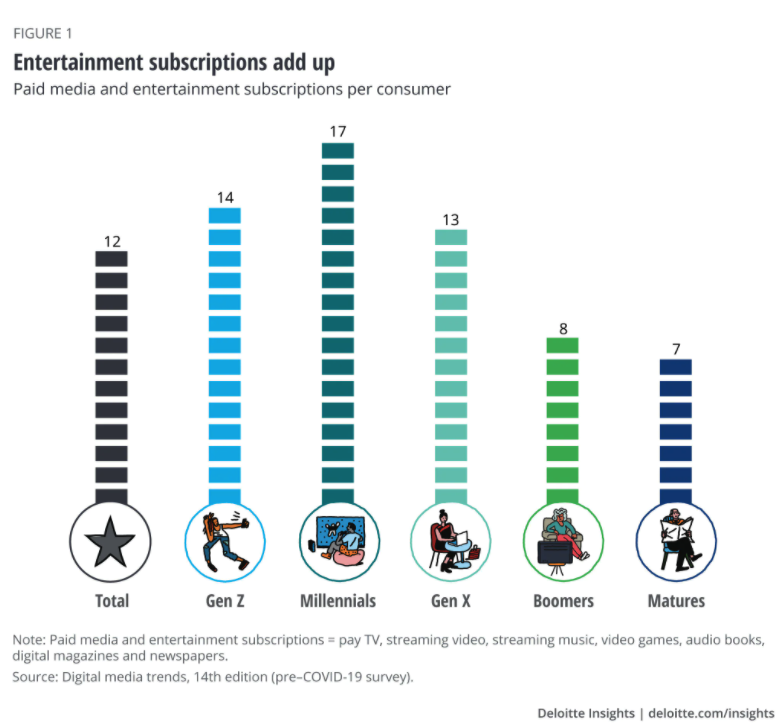Whenever it ends, the coronavirus will leave the media changed. Thousands have been laid off. More than 60 local newsrooms have closed. But a new report shows how newsrooms have responded to the upheaval — and it’s not all bad.
“The Publisher’s Guide to Navigating COVID-19” published Tuesday. The author, Damian Radcliffe, is a journalism professor at the University of Oregon. Poynter asked him via email for some takeaways from the report, which you can explore in full. Here’s what he said.
On pandemic subscriptions:

Courtesy The Publishers Guide to Navigating COVID-19
“One of the striking observations has been the continued subscription bump that many news organizations and media outlets have seen during the pandemic. At a time when many people have less money in their pockets, and there is considerable financial uncertainty, you might expect the number of subscriptions that people have to go down, not up.
“This matters given that advertising looks like it will be suppressed for some time. That’s going to make reader revenue more important than ever as an income source. The pandemic has highlighted the pre-COVID reliance on advertising revenue for so many outlets. As a result, even substantial subscriber growth — as we’ve seen at places like The Atlantic — seldom generate anywhere near the kind of revenue needed to offset losses in ad revenue and other income sources like live events.
“Of course, many of those new subscribers will have been tempted by special introductory offers and other incentives, so the challenge moving forward will be to reduce churn and retain as much of that audience as possible. A key way to do this, in my view, is to look at the way that newsletters, podcasts and your website can point people to non-COVID content. The initial pandemic traffic bump appears to have been relatively short lived. And the longer the pandemic continues, the more we’re going to see COVID-fatigue among audiences.”
On remembering to include non-COVID content:

Courtesy The Publishers Guide to Navigating COVID-19
“…It’s incumbent on publishers and news orgs to offer a broad content mix and to find ways to get non-COVID content in front of audiences. I believe that there’s an appetite for evergreen content, stories you may have missed in the COVID-haze, as well as those which look at solutions or cater for audience aspirations (like travel) in a post-pandemic future.”

Courtesy The Publishers Guide to Navigating COVID-19
On asking audiences to pay for the news:
“…We’re also seeing news and media organizations — perhaps especially at the local level — becoming more confident in making the ask to get audiences to pay for content, and to explain why that matters. Partly, that’s been driven by necessity. But it shouldn’t take a pandemic to justify why journalism matters, the work that goes into producing it, and how this needs to be supported. Hopefully, that’s a legacy of the pandemic that will continue: news and media organizations will feel more comfortable explaining why audience support is needed, and in turn audiences recognize this need and feel that their needs are also being catered for. COVID has shown, more than ever, the circular nature of this relationship.”
Kristen Hare covers the business and people of local news for Poynter.org and is the editor of Locally. You can subscribe to her weekly newsletter here. Kristen can be reached at khare@poynter.org or on Twitter at @kristenhare.







